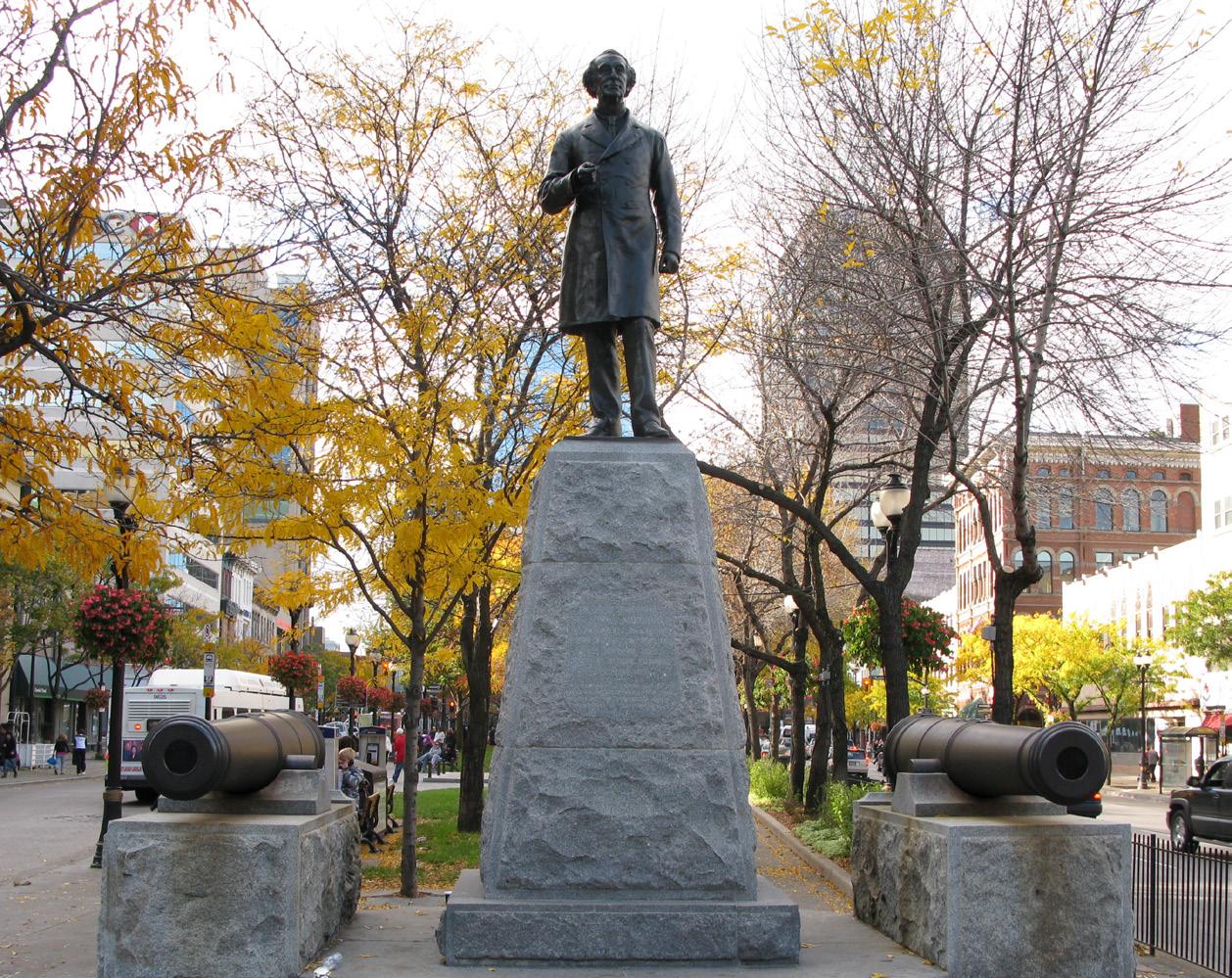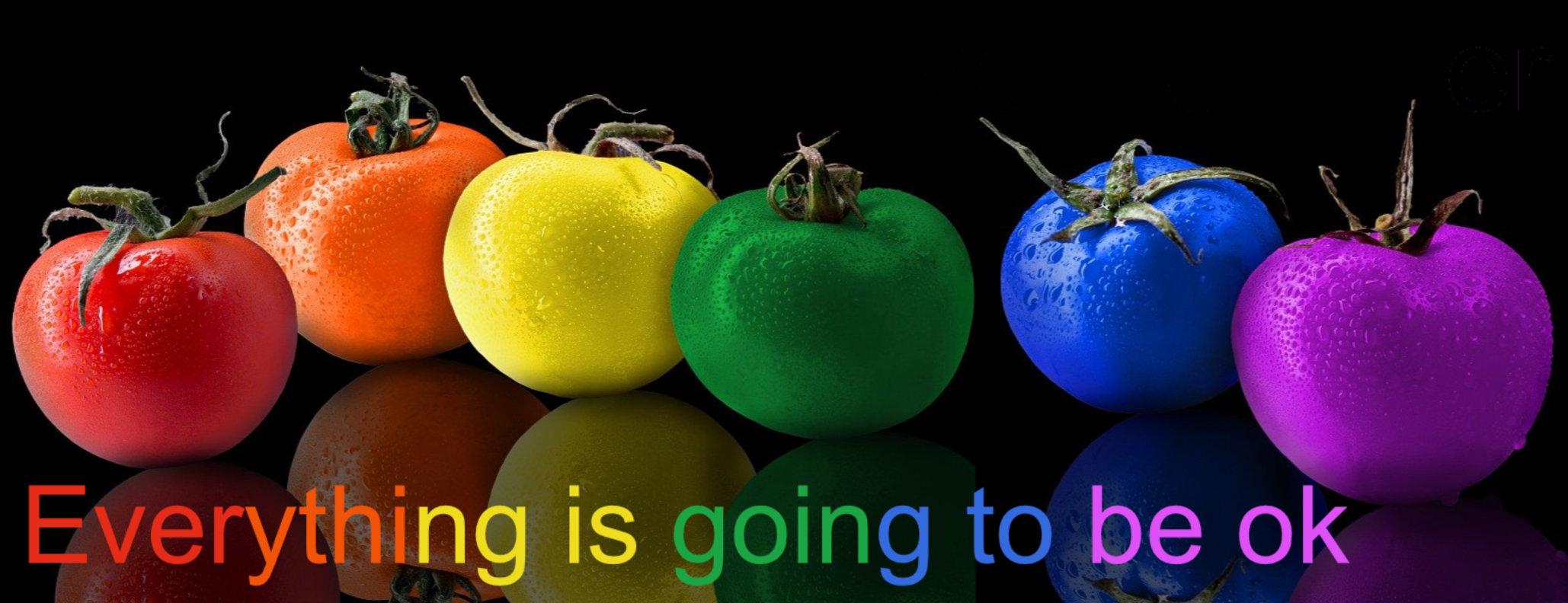Politics
Statues of limitation Global protest spurs removal of monuments to racism by Patrick Quinn | Photo CC by Saforrest, GFDL/CC-by-SA 3.0
W
orldwide outrage against police brutality and systemic racism has resulted in protests that are toppling statues of slave traders, imperialists and other infamous figures. The growing movement has reignited discussions about how public monuments may perpetuate the normalization of inequality and structural violence.
Spurred by the police killing of George Floyd, an African-American man in Minnesota, protesters across the United States have vandalized and removed dozens of Confederate monuments since early June. As the movement has rippled throughout the world, pressure has been mounting to confront Canada’s own symbols of colonialism. Two years after a statue of John A. MacDonald was removed in Victoria, BC, a petition to remove his monument in Montreal has gathered over 28,000 signatures. Genocidal policies employed by Canada’s first prime minister included forcing Indigenous peoples onto reserves using starvation, the most oppressive elements of the Indian Act and the creation of the residential school system. “I’m sick of looking at John A. MacDonald,” said Charmaine Nelson, an art historian at McGill University, who is quoted in the petition. “If you want to talk about him, let’s talk about his whole history. Monuments
become a focus of our ire because they’re so emblematic of systemic racism – the landscape is so clearly about white men.” She argues that placing such figures quite literally on a pedestal is a type of “hero worship” and a con-
and Indigenous and Black people have for a long time, is these people didn’t do any good as far as we’re concerned. It’s not that we’re just saying this now, but finally people are listening to us.” Other subjects of controversial
“I don’t think descendants of slaves can walk by a plantation and have no feeling” - Mary Ellen Turpel-Lafond, Head of University of British Columbia’s Indian Residential School History and Dialogue Centre.
stant reminder of ongoing injustice for Black and Indigenous peoples. Correcting that inequality is an idea whose time has come. “Police brutality is so in our faces that even white people can’t turn away this time,” Nelson told the Nation. “What a lot of us are saying,
18 the Nation July 17, 2020 www.nationnews.ca
statues include James McGill, who not only kept Indigenous and Black slaves but was also an importer of Caribbean goods harvested by enslaved Blacks. As one of only 10 Black professors among the 1,700 permanent faculty members at McGill University, Nelson cringes each time
she passes the McGill statue on campus. Another petition gaining momentum proposes replacing this statue with a tree. “We know he was a slave owner and never intended us to occupy that space, participating in the institution he founded,” Nelson asserted. “Imagine how uncomfortable I feel on a daily basis because people don’t recognize me and my identity as a professor. How do they get away with that lack of inclusivity? They have not had to consider it before because they’ve not had any pressure. That’s why the institution looks the way it does. To me, this is all connected.” Last semester, Nelson began one class about the Black subject in pop culture by reading a list of Black people killed by police, making a connection between these murders and the racist stereotypes that have long dominated media. In these images, as well as the monuments that populate our landscapes, representation is significant – in Nelson’s words, “The









